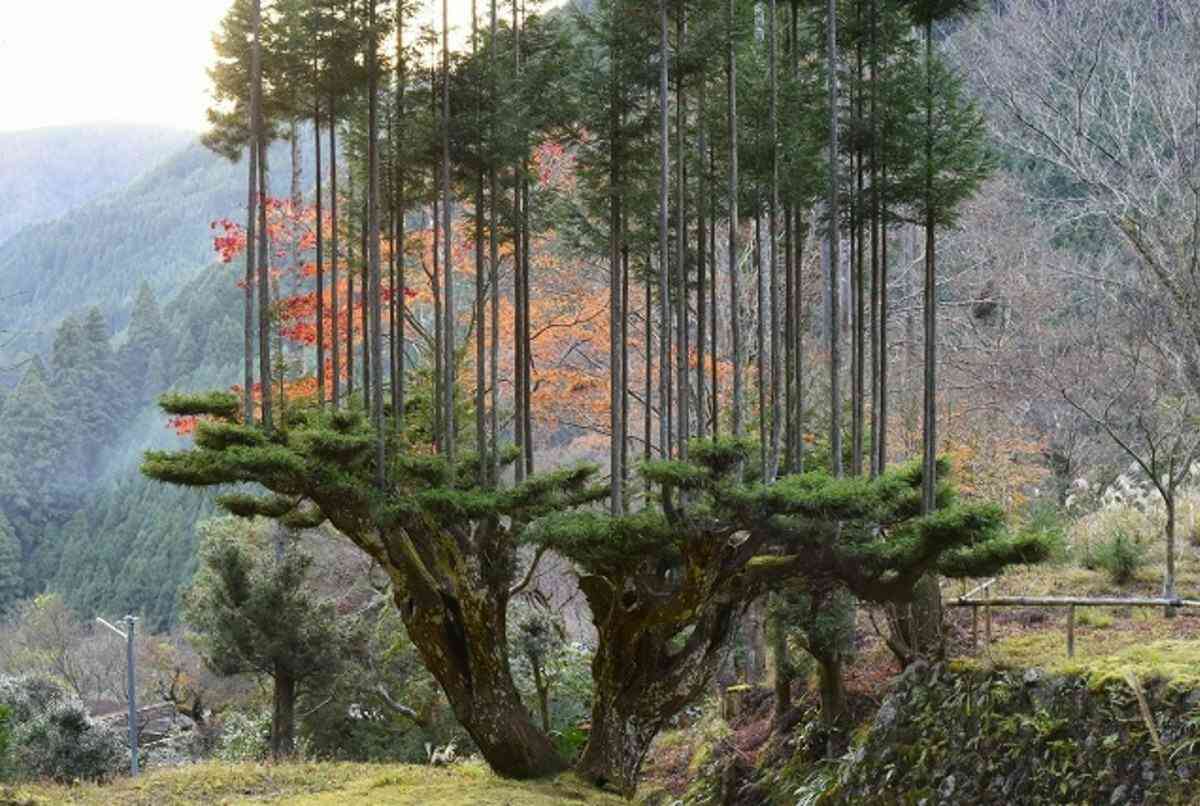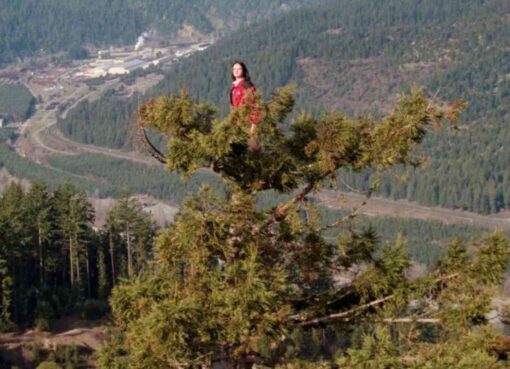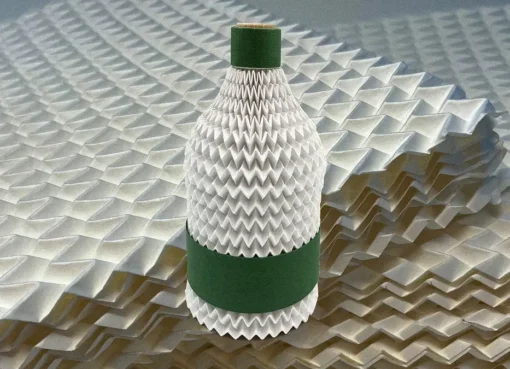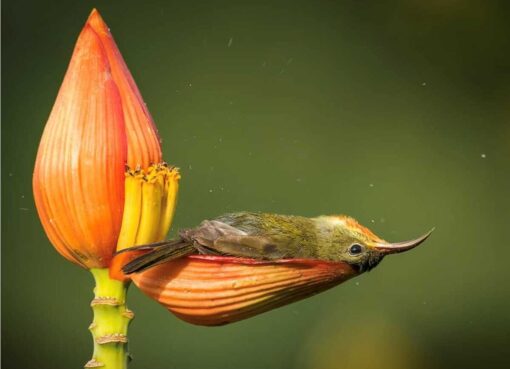The Japanese have been producing wood for 700 years without cutting down trees.
Japan is an intriguing country (especially for an outsider) that never ceases to amaze and inspire people by striving for perfection. It appears that the pursuit of excellence is something that’s deeply embedded in culture, and it shows in different areas of life and in various ways.
What is Daisugi?
Daisugi is a Japanese technique similar to coppicing, used on Cryptomeria trees. The term roughly translates to “platform cedar”. Shoots from the base of the tree are pruned so that the trunk stays straight. Trees produced by using daisugi technique are often called Cedar Bonsai Trees.
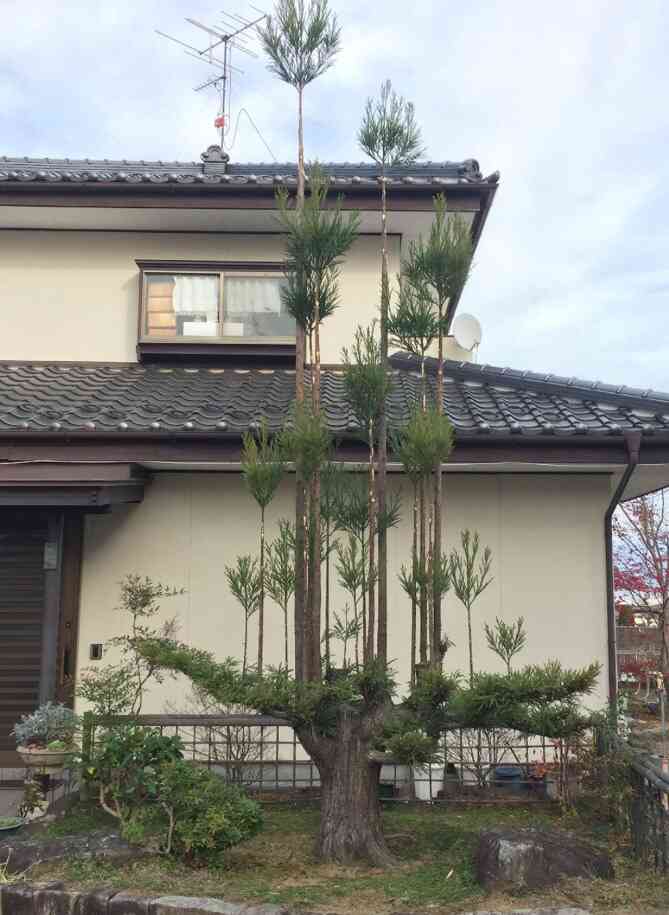
The daisugi provide that these trees will be planted for future generations and not be cut down but pruned as if they were giant bonsai trees; by applying this technique to cedars, the wood that can be obtained is uniform, straight, and without knots, practically perfect for construction. Pruning as a rule of art that allows the tree to grow and germinate while using its wood, without ever cutting it down.
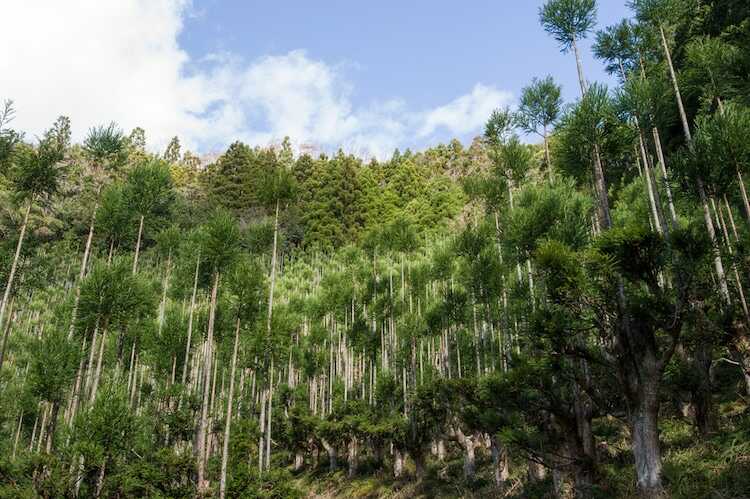
The technique helped to produce lumber that’s way more dense than that of a regular sugi.
The majority of us are already familiar with the concept of bonsai—a Japanese art form dating back over a thousand years, which produces small trees that mimic the appearance of full-size trees. But many still haven’t heard about daisugi. While its technique has similarities to that of bonsai, the result it produces is vastly different.
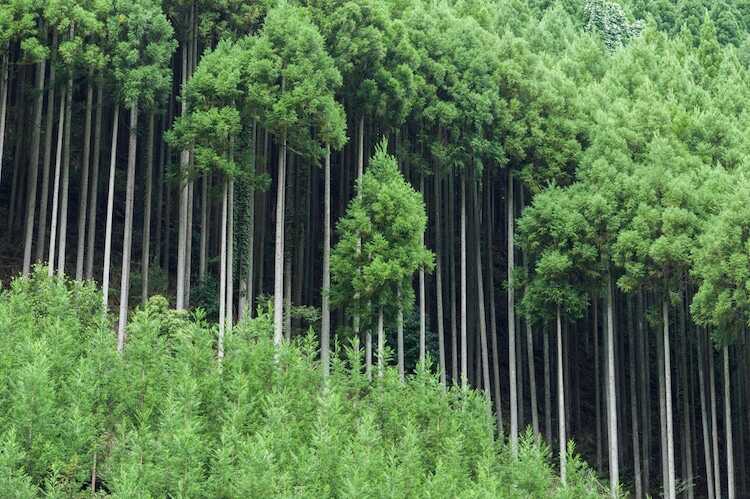
When Daisugi started?
In the 14th century, the extraordinary daisugi technique was born in Japan. It is believed that the production of logs by daisugi began in the Muromachi period. At that time, the tea ceremony became popular in part because daisugi logs were used in tea room construction; for example, for the tokonoma alcove. The Kitayama area of Kyoto became especially known for its forestry of daisugi.
Usefulness
The cedar is particularly important in traditional architecture, where it’s often used as posts in alcoves called tokonoma.
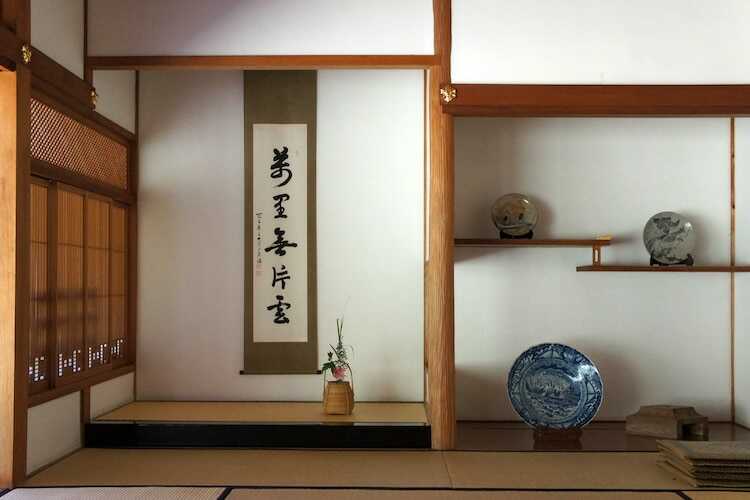
Originally invented by the people of the region of Kitayama, the method was used to solve the problem of shortage of seedlings. There is little flat land in the region, and planting and raising trees on the steep slopes proved extremely difficult. As a result, daisugi tailoring allowed arborists to reduce the number of plantations, make the harvest cycle faster, and produce denser wood as well.
Since there is no such delay in growing a plant again and becoming a tree, this method is more economical than the usual method of completely cutting down trees. Due to its flexibility and durability over other types of wood, aisugi type wood has great demand in the market.
In the modern era, such a technique can be used for much more practices in addition to getting aesthetic results. We all know that there are so many things that are made of wood such as chopsticks, cooking utensils, ornaments, etc.
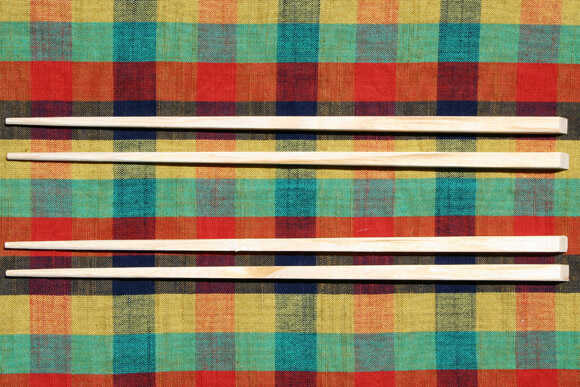
With daisugi, we can get enough lumber to produce all of those things without the need to cut down trees. We can continually get lumber from the branches of those giant bonsais every now and then.
In the 14th century, a form of very straight and stylized Sukiya-zukuri architecture was highly fashionable in Japan. But there simply weren’t enough raw materials around to build these homes for every noble or samurai who wanted one. Hence this clever solution of applying bonsai techniques on trees.

The lumber produced with the daisugi method is 140% more flexible than standard cedar and 200% as dense/strong, so it was just perfect for rafters and roof timber where aesthetics called for slender yet typhoon resistant perfectly straight lumber.
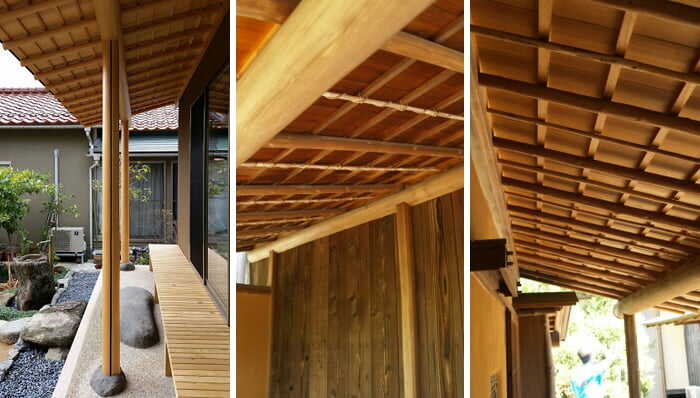
Today, these types of cedar also grow in well-kept gardens because of their slender and elegant appearance.
Japan’s Daisugi technique is an ingenious way to grow more wood using less land and given that the world’s forests represent a natural asset of almost incomparable value, it is important and the need of the hour, to preserve the forests’ ability to capture and store carbon thus reducing the overall effects of global warming.
Forests, the equivalent of 30 soccer fields, are disappearing every minute due to the ever-growing global forestry and logging industry. Therefore, daisugi is a better way to do forestry.
Daisugi is eco-friendly, sustainable forestry.

